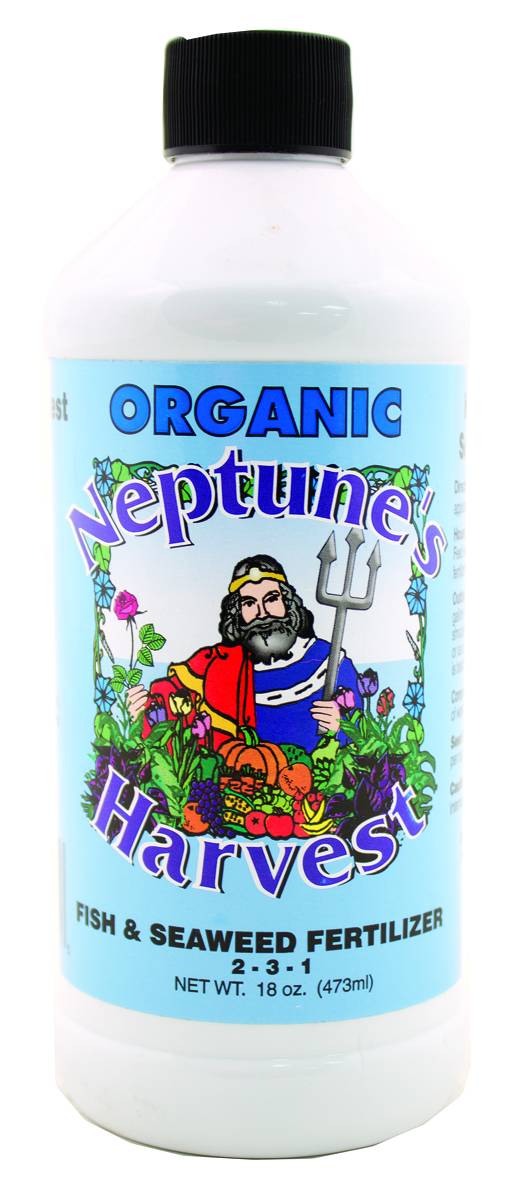

The macrophage-infiltrating corneas in the CT group expressed significantly more of the M2 marker arginase than corneas in the CB group. The numbers of proliferating cell nuclear antigen- and zonular occludens-1-positive cells in the CT group were significantly higher than those in the CB group. mRNA levels of hepatocyte growth factor and epidermal growth factor (EGF) were significantly increased, whereas those of vascular endothelial growth factor, interleukin (IL)-1β, IL-6, IL-10, and matrix metalloproteinase-9 were significantly decreased in the CT group compared with those in the CB group. Biomicroscopic fluorescence images and the actual physical corneas were taken over time and used for analysis. The chosen CM was administered to corneal burn rats (CM-treated group) four times a day for three days and this group was compared with the normal control and corneal burn (CB) groups. Corneal burn in rats was induced using 100% alcohol. Here, the best conditions for CM were selected and used for in vitro and in vivo experiments. Although there have been some studies on corneal injury recovery using adipose tissue-derived stem cells (ADSCs), none has reported the effect of topical cell-free conditioned culture media (CM) derived from ADSCs on corneal epithelial regeneration.

As most of these complications are caused by failure of reepithelization during the acute phase, treatment at this stage is critical. Corneal chemical burns can lead to blindness following serious complications.


 0 kommentar(er)
0 kommentar(er)
